High Art in the Minneapolis Art Scene
Story and photos by Lee Juillerat
HighOnAdventure.com June 1, 2009 |
| |
Things are definitely looking up.
Not all the art in Minneapolis is in galleries, museums and theaters. Even with cultural icons like the Guthrie Theater, Walker Art Center, Minneapolis Institute of Arts and the Hennepine Avenue Theater District, for people appreciating the arts, things are looking up. Literally. |
|
| |
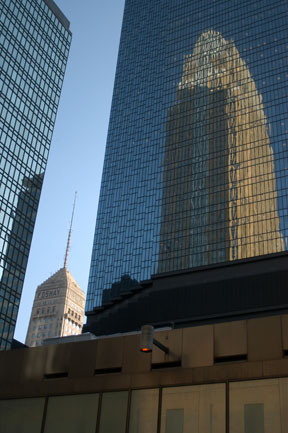 |
|
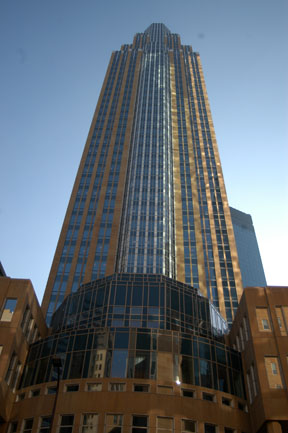 |
|
| |
The building within |
|
Up, up and away |
|
| On a sunny day in downtown Minneapolis the best choice is to head outside, take a stroll through the heart of the city and look skyward. The downtown area features an architecturally rich and diverse array of towering skyscrapers, from the classic art deco Foshay Tower to modern glass façade gems like the IDS Tower. Depending on the time of day, they’re close enough to each other that reflections glow and shimmer off neighboring skyscrapers, creating patterns upon patterns. Sometimes the reflections are picture-perfect mirror images but more often they’re refracted by the textures of neighboring giants into surreal, impressionistic like images. From my room at the elegant downtown Westin, I watched as those tones and textures subtly, and sometimes dramatically, change at daybreak, sundown and, even more dazzlingly, at night. |
| |
|
|
|
|
| |
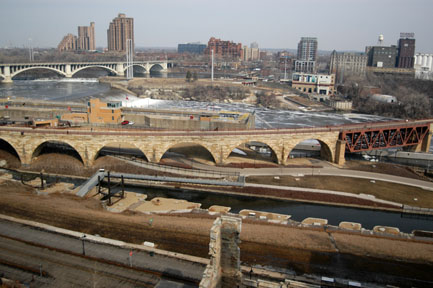 |
|
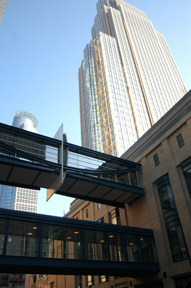 |
|
| |
The Mighty Mississippi River |
|
Minneapolis skyways |
|
| |
No single architectural style dominates downtown Minneapolis. Instead, it’s an alluring, sometimes helter-skelter mish-mash of designs and styles. Romanesque-inspired stone buildings like the City Hall fit in comfortably with art deco structures like the Foshay, which is surrounded and subdued by sleek lined, modern glass facaded giants like the IDS Center – at 792-feet the city’s tallest – along with the Wells Fargo Center, Capella Tower and 225 South Sixth.
Downtown Minneapolis also offers skyways. Their primary purpose is to connect buildings during the city’s bitterly cold winters. But the glassed-in walkways, one floor above-ground, are also architectural statements. Each has its own nuances. No two look alike. Added together, the climate-controlled skyways span more than seven miles and connect 80 blocks of downtown. |
|
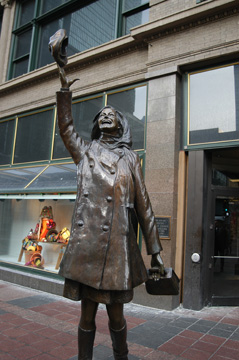 |
|
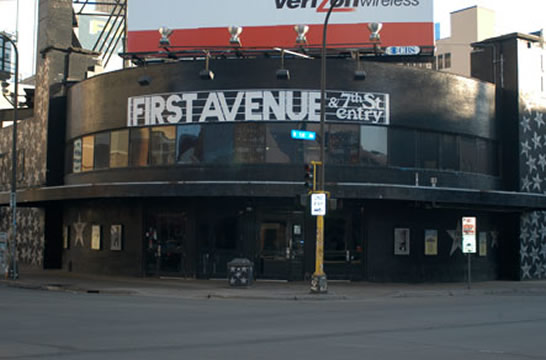 |
Mary Tyler Moore |
|
Where Prince got his start |
| It’s not always necessary to look up. Along the Nicollet Mall, a pedestrian-friendly street in the downtown area, is a ground-level statute of Mary Tyler Moore frozen in bronze tossing her hat, the scene made famous in the Mary Tyler Moore Show credits. Blocks away, at First Avenue and 7th Street, is the club featured in the Prince classic, “Purple Rain.” His and names of hundreds of other rockers and groups who’ve performed at the club are scribed on its outer walls. |
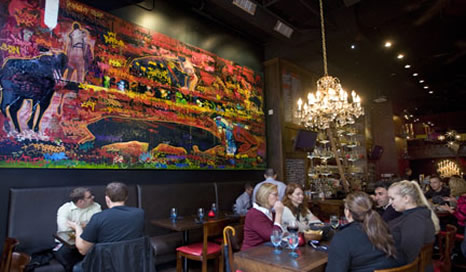 |
|
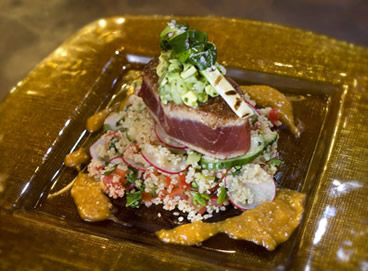 |
Barrio Tequila Bar |
|
Seared Tuna with tomatillo-avocado salsa and quinoa salad at Barrio's |
| |
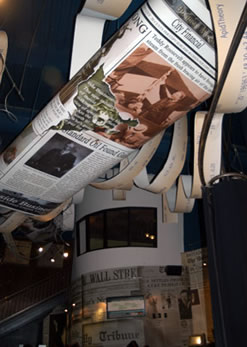 |
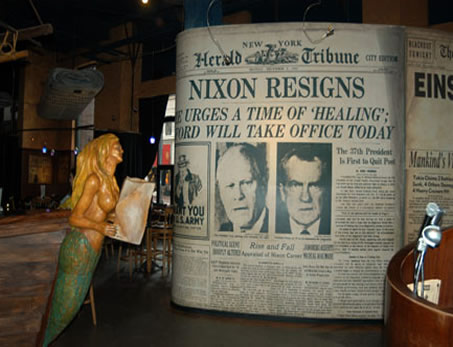 |
When hunger strikes, downtown’s dining possibilities are diverse and delicious. Along and with friends old and new, I demolished breakfast at Hell’s Kitchen, enjoyed drinks and appetizers at the eye-inebriating Barrio Tequila Bar, wolfed down lasagna at The Newsroom, dined Greek-to-Greek at uptown’s Christos Greek Restaurant and enjoyed delicious pre-play at the Spoon River, just steps away from the Guthrie Theater. |
|
| |
Plenty to read in The Newsroom |
The Newsroom |
|
|
| |
|
|
| |
While Minneapolis is a pedestrian-friendly city – and my morning runs were made easy with a playing card sized embossed map that shows running routes that include along the Mississippi River and its Riverfront-Mill District – there’s good reason to spend time in indoors. |
|
| |
|
|
| |
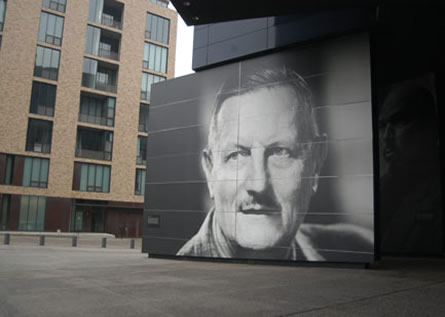 |
|
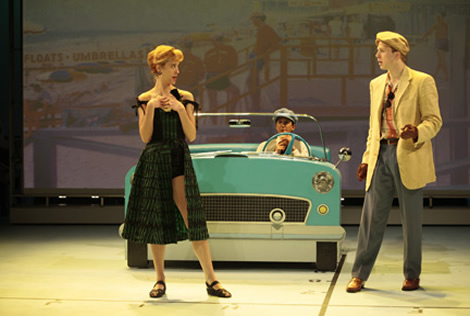 |
|
| |
Outside the Guthrie Theatre |
|
Shakespeare’s “The Two Gentlemen of Verona” at the Guthrie Theatre Guthrie Theatre photo |
|
| |
I’ve seen hundreds of plays by some of the world’s most celebrated theater companies, but the Guthrie Theatre’s silly, rompish version of Shakespeare’s “The Two Gentlemen of Verona” is easily among the most memorable and creatively produced. Set in the 1950s, complete with doo-wop singers, the onstage acting and deft direction was enhanced by the design and acoustics at the Wurtele Thrust Stage, the largest of the complex’s trio of theaters. A pre-tour provided views of all three theaters along with their inner workings. Opened in 2006 along the river, the Jean Nouvel-designed complex – the three theaters are complimented by 11 bars and restaurants – is a key element in the revitalized Riverfront-Mill District. The Guthrie, one of the nation’s most renowned theater companies, presents an ever-changing range of plays. |
|
| |
|
|
|
|
| |
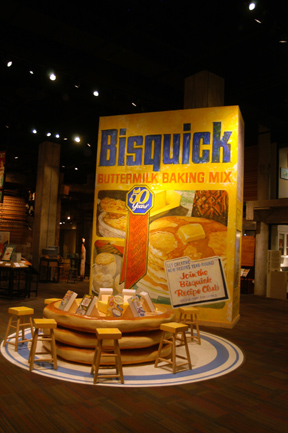 |
|
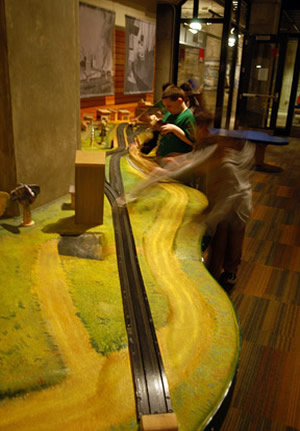 |
|
| |
Exhibit at the Mill City Museum |
|
Interacting at the Mill City Museum |
|
| |
Just steps from the Guthire is the Mill City Museum, a fascinating interactive museum that celebrates an era from 1850 to 1930 when the Mississippi River fueled the city’s flour milling industry. Visits begin with the wildly entertaining and deceptively informative video, “Minneapolis in 19 Minutes Flat!” which features local humorist Kevin Kling and continue with the Flour Tower eight-story elevator tour. Then it’s time to spend time at the hands-on and kid-friendly museum exhibits. |
|
| |
|
|
|
|
| |
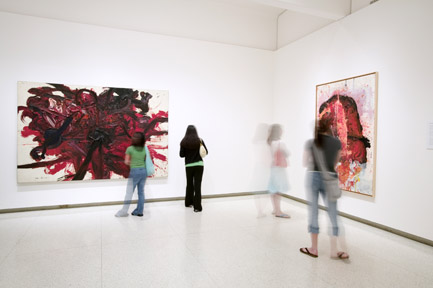 |
|
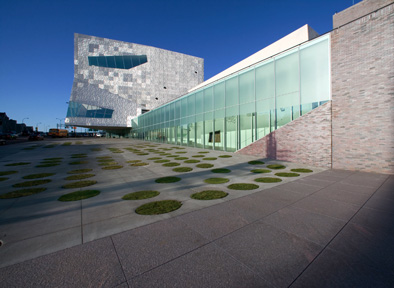 |
|
| |
Walker Gallery |
|
Walker Gallery exterior |
|
| |
Museums and art galleries are plentiful, but the obvious choice for people with limited time is the Walker Art Center and its accompanying Minneapolis Sculpture Garden. With its spaciously open galleries and eclectic art, the Walker’s generous spaces give individual works room to breathe. Then step outside and across the street to the neighboring sculpture garden with its 40-plus works, including the iconic and ticklesome Spoonbridge and Cherry. I didn’t have the time, but the Minneapolis Institute of Arts and Frederick R. Weisman Art Museum also merit national praise. Amazing from the outside is downtown’s Central Library, an architectural marvel that opened in 2006 and is the nation’s fourth largest public library. |
|
| |
|
|
|
|
|
|
| |
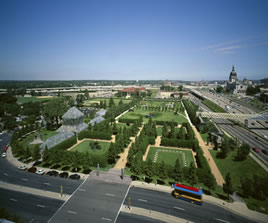 |
|
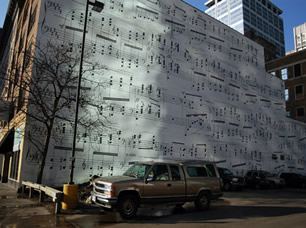 |
|
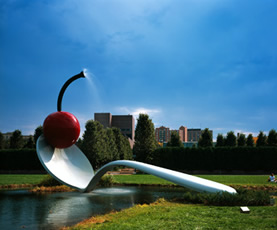 |
|
| |
Minneapolis Sculpture Garden |
|
Keeping score in downtown Minneapolis |
|
Spoonbridge and Cherry |
|
| |
Most of the city is easily traveled on foot, but Metro Transit buses provide easy access throughout the downtown area, nearby neighborhoods and St. Paul. The light rail transit also makes getting back forth from the airport to downtown quick, convenient and inexpensive.
Mention Minneapolis and most watch eyebrows raise with looks of surprise. No, Minneapolis is not a destination city for most travelers, but that’s their loss. Go. Enjoy the arts, the theaters, the dining. Get out, walk, look around. See what’s up in Minneapolis. |
|
| |
About the author
Lee Juillerat has written for High On Adventure for more than a decade. He lives in Klamath Falls, Oregon, where he is a writer and photographer for the daily newspaper. He is also a frequent contributor to a variety of magazines, including Oregon Coast, Northwest Travel, Horizon and Alaska Airlines inflight and Range. He can be contacted at [email protected]. |
|
|

